New connections in the Pacific
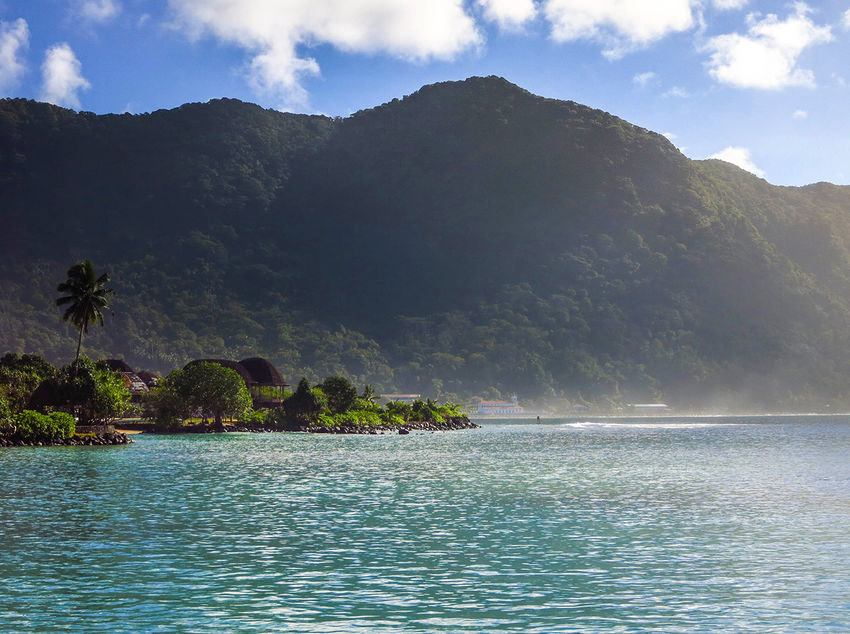
Families in Niue and the Cook Islands will have much to celebrate soon as the new cable network will finally make a dent in the huge overseas roaming charges and local data.
One of the highlight outcomes of the PLF2017 was to get the Manatua Cable (an inter island submarine cable) contract for the construction and maintenance agreed to by the consortium, which will be put out to tender this month. A successful bid is to be announced within the next few months.
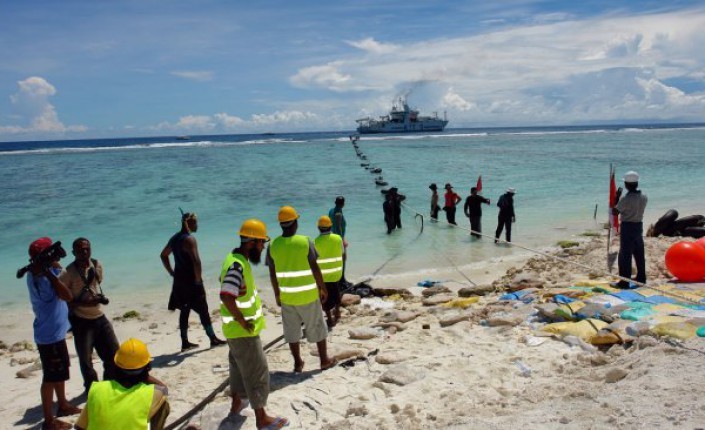
Honourable Mark Brown, Minister of Finance & Economic Management in the Cook Islands says the Manatua Cable is a cable project with four countries; Samoa, Cook Islands, French Polynesia and Niue and connects the four islands together with fiber optic submarine cable. It will transform the connectivity particularly for the Cook Islands & Niue who have previously had to rely on satellite.
"The cable is a good example of how countries working together are able to get a better product at a cheaper price by sharing the cost of the cable across the four countries. The added benefit is that it provides redundancy pathways for all of the countries. By having this connection between our countries, we provide another redundancy pathway for connectivity to the Internet." says Minister Mark Brown.
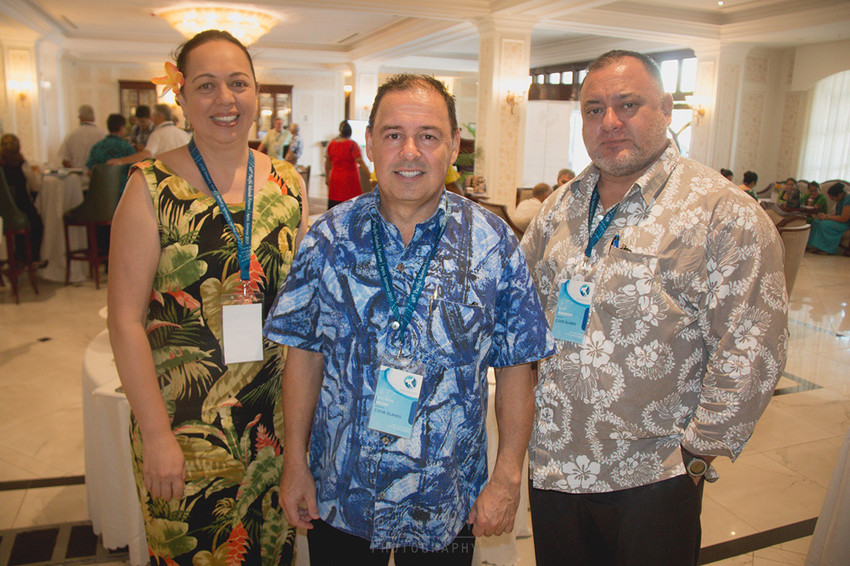
What will the benefits be?
The first one will be cost. Access via satellite is about 20 times more expensive than through fiber, so for these islands the first immediate impact would be the access cost to connection. That basically means telecommunications companies are able to provide far better services and a better price too.
It will also see businesses and companies that deal with entertainment, being able to provide a service that they currently can’t because it’s too expensive. They’ll see the emergence of businesseslike establishment of data centers in countries like the Cook Islands, as alternative sites for storing data.
Honourable Mark Brown says "For us the other area where we see the cable providing a huge benefit is in the delivery of education services to remote islands and also health services which increasingly use technology for diagnostic purposes or information transfer. So both of these will be key uses of the new technology that’s going to be brought in.
The cable comes to Rarotonga and Aitutaki, and what that does is enables us to use the existing satellite capacity that we have to provide more of it for the northern islands. Now that the cable is going ahead to Rarotonga, we’re looking at improving connectivity between our islands either through additional cable connection or using new technology that’s emerging all the time."
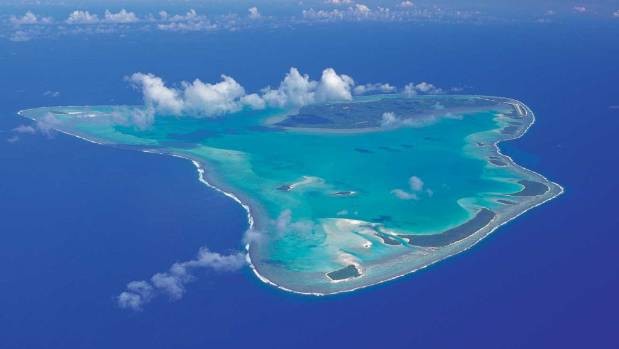
At the moment it's really expensive to use data plans in Rarotonga compared to Australia, New Zealand, and Fiji etc... This is a result of economies of scale; the Pacific Islands only have a small customer base to pay for the cost of a very expensive satellite, whereas in places with larger populations it spreads that cost across more people.
"Once the cable is in place, there is room for other countries to the west like Tonga, Tokelau, Tuvalu, and even further, to connect onto our cable. Again, the collective consortium style approach we’ve taken is probably the best business model for the smaller island countries because by collectively working together they can reduce the cost of cable connection, which they would otherwise have to pay for if they were acting independently." says Honourable Mark Brown
How does it work?
The Manatua cable will connect to the existing cable that is in Samoa, which runs up to Hawai’i. It will run the cable across the ocean through to French Polynesia, and that will connect with their cable they currently have, which again runs to Hawai’i. The cable sits on the ocean floor, which in some parts is five thousand meters deep; cable technology now is a fairly simple thing to do. This is one of the first east-west cables; most of the cables in the pacific are north-south.
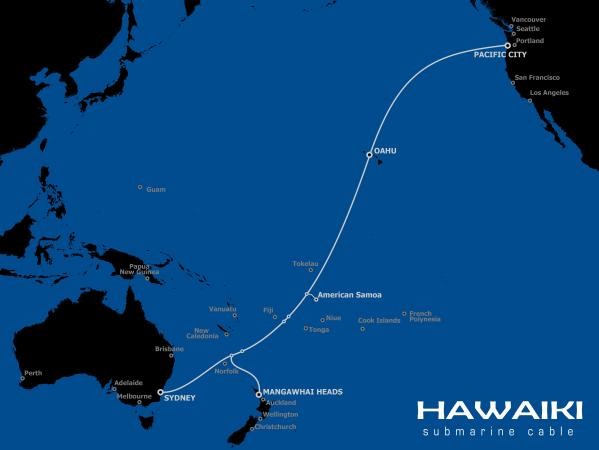
It’s also a great outcome for the Polynesian Leaders Group, which is a subgroup within the Pacific forum. This is one of the first tangible projects that the Polynesian Leaders have managed to put together.
This evolved from a project where the Cook Islands were looking at connecting cables, but then saw the opportunity to reduce the costs and increase traffic flow by connecting with the other Pacific Island countries.
Both Samoa and French Polynesia saw the opportunity as well to provide them with redundancy pathways for their existing cable. The Cook Islands are driving the Manatua Cable project and are the majority shareholder in this particular project followed by French Polynesia, Samoa, then Niue.
